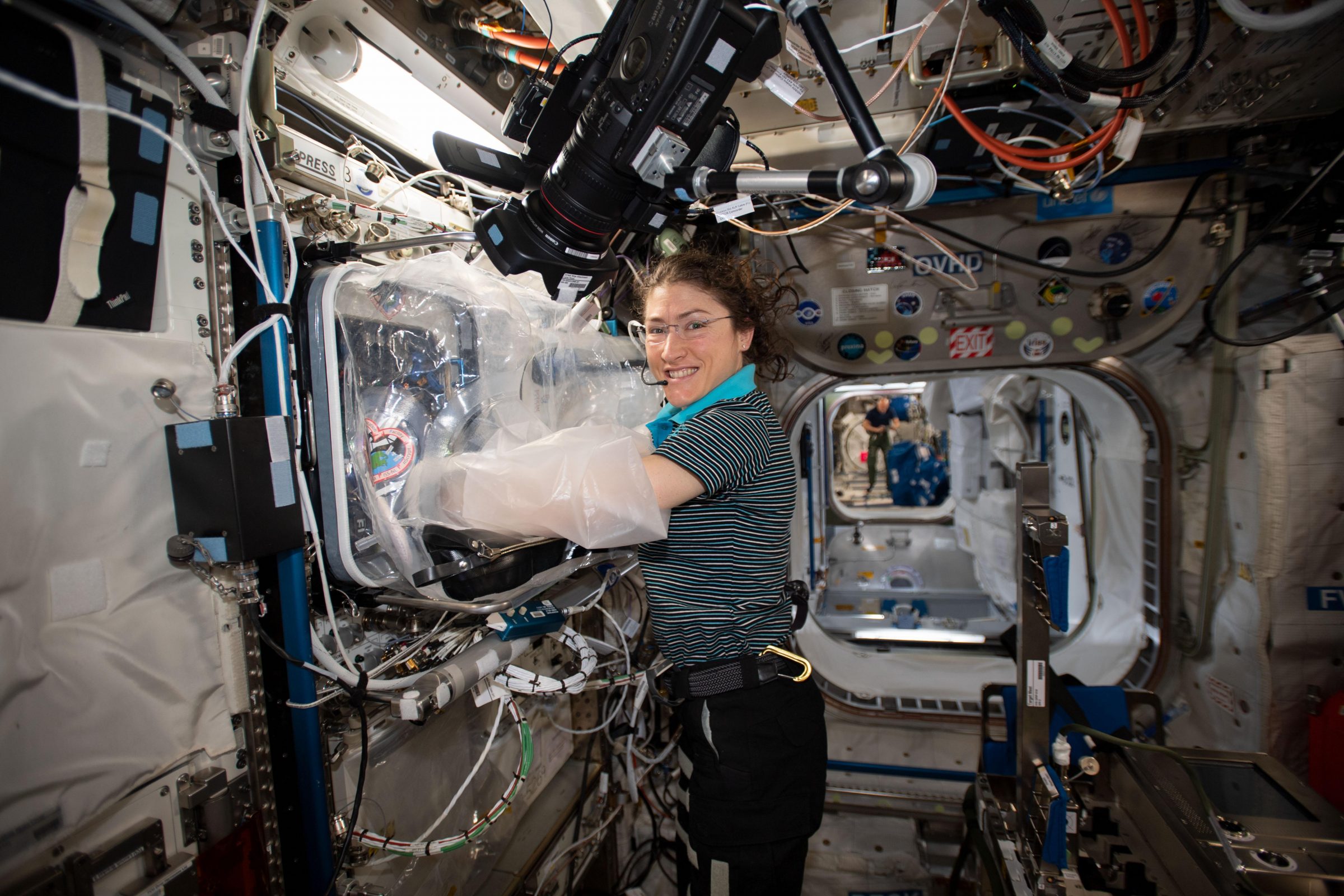
Scientific advances are often the result of many small steps instead of giant leaps. Soon, Redwire will take more small steps toward breakthroughs in a variety of fields with the launch of three experiments on Northrop Grumman’s 18th commercial resupply mission to the International Space Station (ISS).
3D Printing A New Kind of Knee
The first of these experiments will use Redwire’s 3D BioFabrication Facility (BFF), America’s first bioprinter with a permanent home on the ISS, to produce a full 3D printed human knee meniscus. The BFF-Meniscus-2 investigation, a collaboration between Redwire and the Uniformed Services University of the Health Sciences Center for Biotechnology (4DBio3), will build on a 2019 experiment where the BFF 3D printed a meniscus scaffold using bioink derived from human tissue proteins. BFF-Meniscus-2 will use an upgraded BFF that allows greater temperature control when printing with bioinks that are sensitive to temperatures.

“The upgrades to BFF give us capabilities we didn’t have during the previous investigation,” said John Vellinger, Redwire’s Executive Vice President of In-Space Manufacturing and Operations. “The successes of the previous version of BFF and the new upgraded facility will benefit many people on Earth and demonstrate how Redwire is taking the lead in biomedicine in space.”
The upgraded BFF will print another meniscus, this time with living human cells included in the bioinks, which will then be transferred to the ADvanced Space Experiment Processing (ADSEP) facility, where it will be cultured for 14 days to produce a full meniscus. After completion, the meniscus will be stored for later analysis back on Earth. Printing with human cells and conditioning them into tissue is a major step toward the eventual 3D printing of organs for transplant.
Although full organ production is one goal, there are many other aspects of the program that lead to technical advancements and products that will have value in pharmaceutical product development, stem cell research and approaches to tissue therapies along the way.
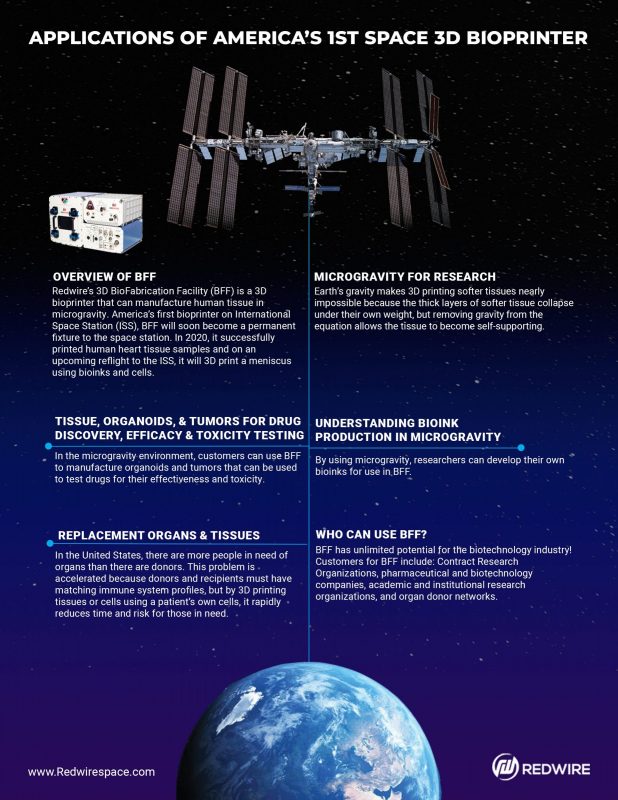
Improving Electronic Cooling In Space
Another Redwire experiment heading to the ISS is a materials science investigation, known as PFMI-ASCENT, which will explore ways to cool electronic devices in microgravity. In microgravity, boiling fluids form bubbles that grow larger and lead to increased surface temperatures. The hypothesis is that large 5-6 mm diameter vapor bubbles produced from heated asymmetric ratcheted surfaces have been observed to move along the surface at horizontal velocities as high as 27 mm/s. The experiment will test surfaces covered with microstructures meant to determine the velocity along the surfaces and improve heat transfer using NASA’s space-based research furnace the Pore Formation and Mobility Investigation (PFMI) facility. PFMI is managed by Redwire and PFMI-ASCENT is a collaboration between the University of California-Davis and Auburn University.
The findings of PFMI-ASCENT will help with the design of passive cooling systems for spacecraft electronics, which are often limited by available space and electric power, and for consumer electronics on Earth.
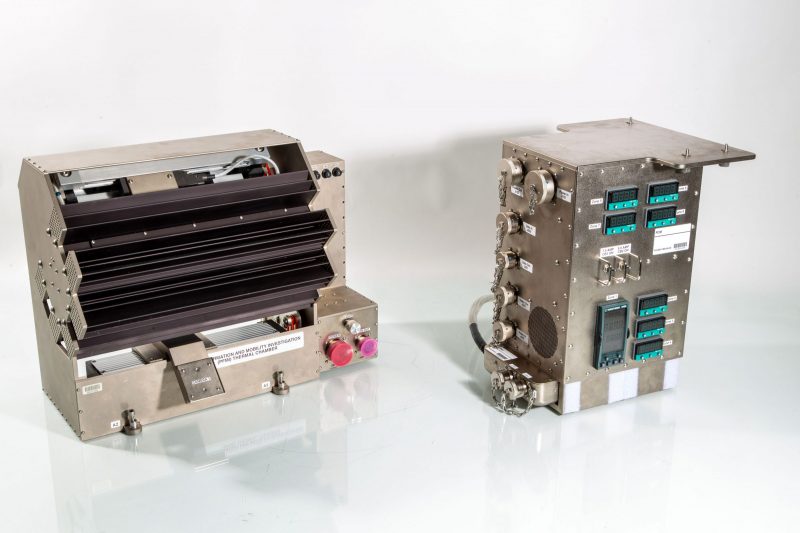
A Generational Plant Sciences Study
Redwire will also use its expertise in plant science research with a study of epigenetic changes in plants grown in space. Led by researchers from the University of Florida, the Plant Habitat-03 experiment will investigate changes to how genes are expressed in plants exposed to the stresses of spaceflight and whether these changes are passed to later generations using NASA’s Advanced Plant Habitat, an automated plant growth facility managed by Redwire. Researchers will later analyze samples of plants grown on the ISS and seeds from those plants to see if epigenetic changes were passed to the next generation. A greater understanding of these changes could lead to improved crops for use in future space missions and in adverse conditions on Earth.
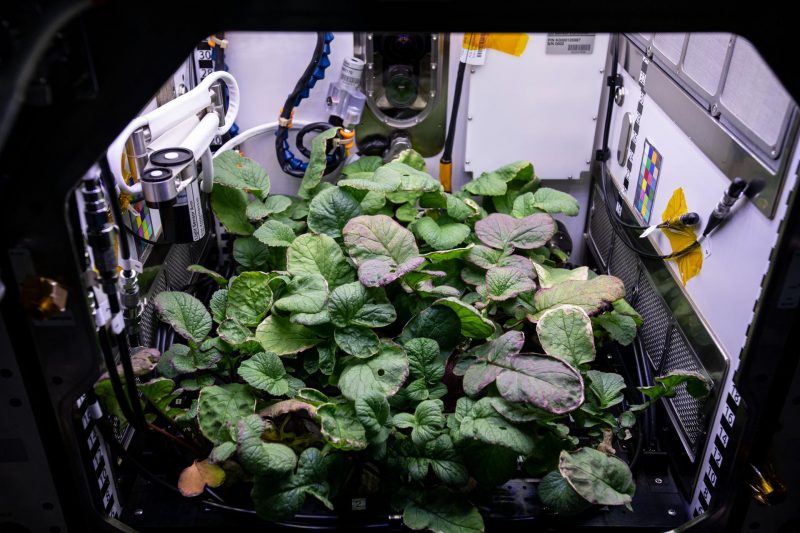
The Building Blocks of the New Space Economy
The results of these experiments will add to Redwire’s record as a leader in low-Earth orbit research and commercialization. Each investigation serves as a step toward making living and working in space feasible, and discovering how research in space can improve life on Earth. It may be years before 3D printed organs are a reality, but being able to print human tissues could one day improve the lives of millions.
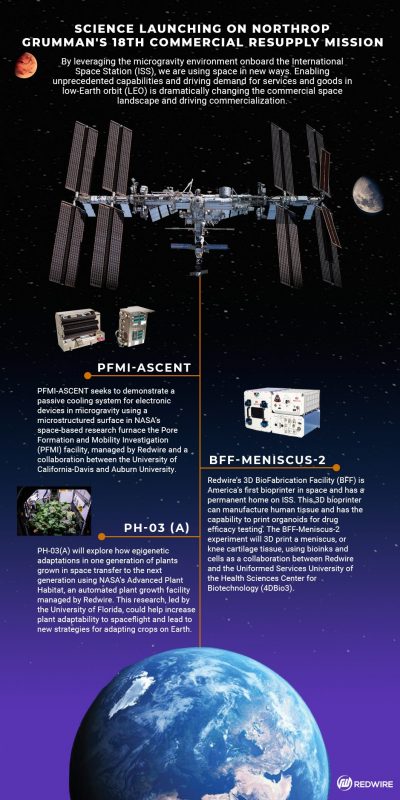
Learn more about the Redwire tech launching on NG-18 at this link.



